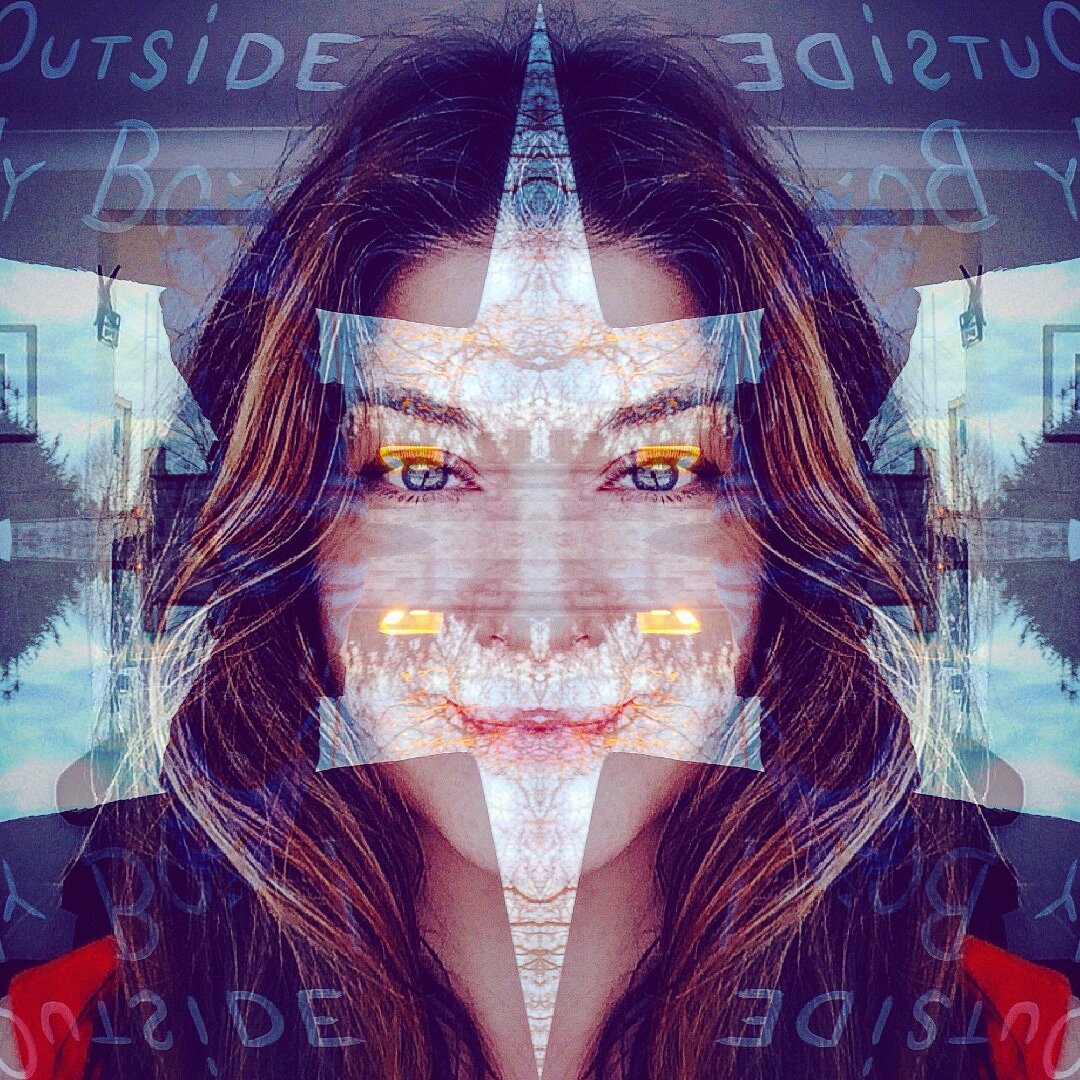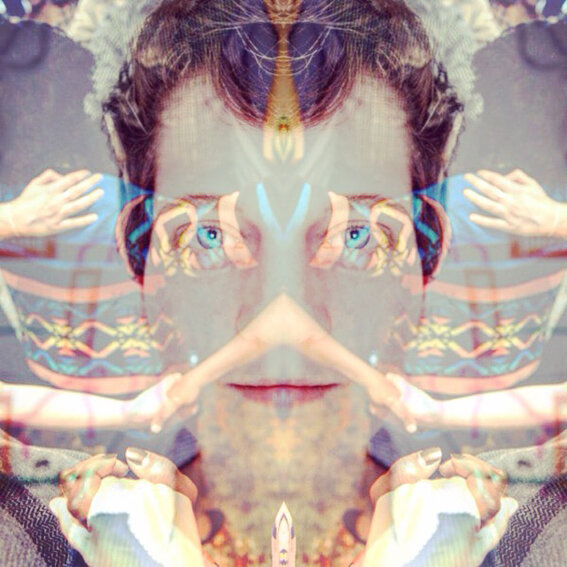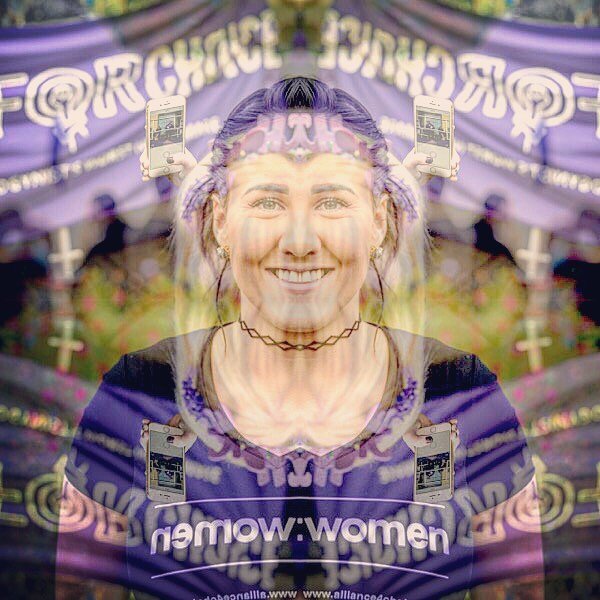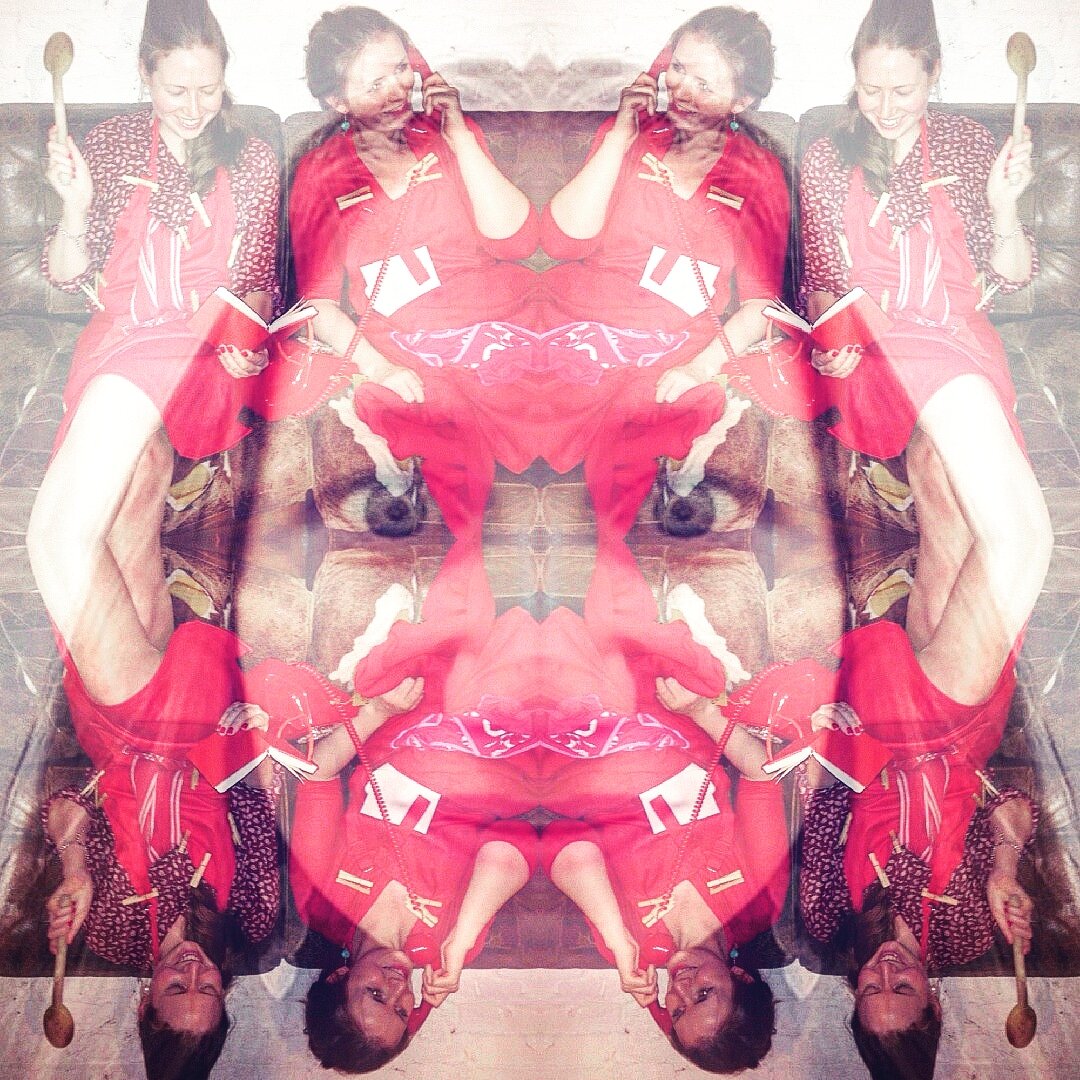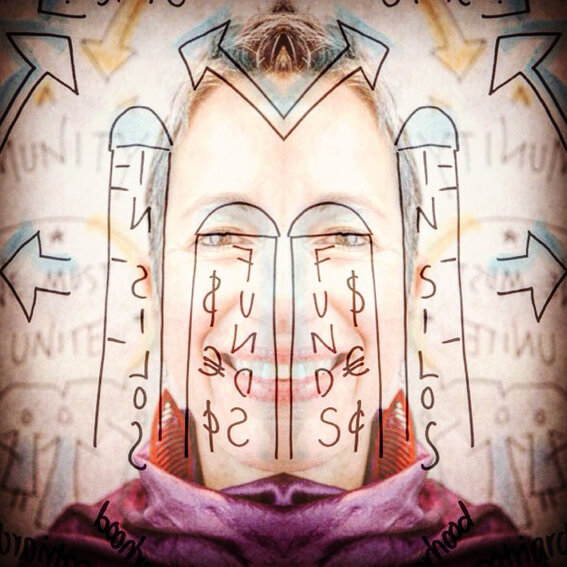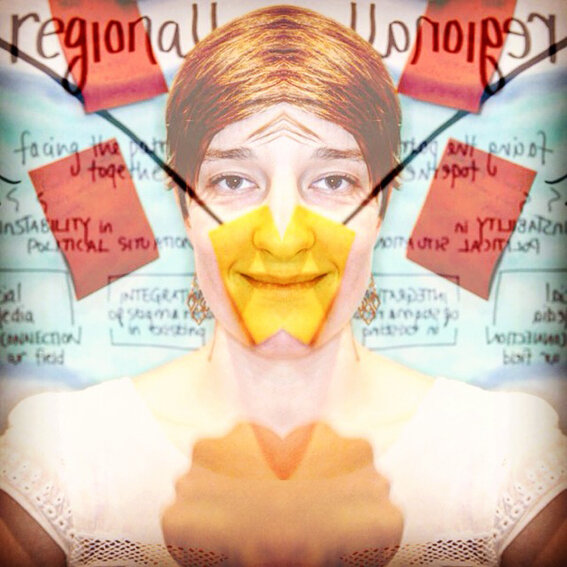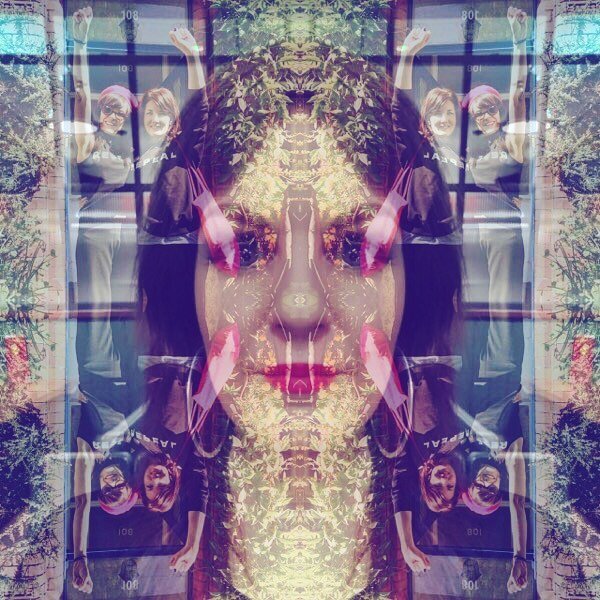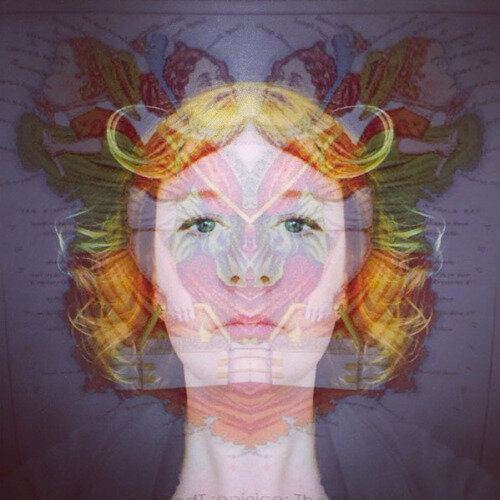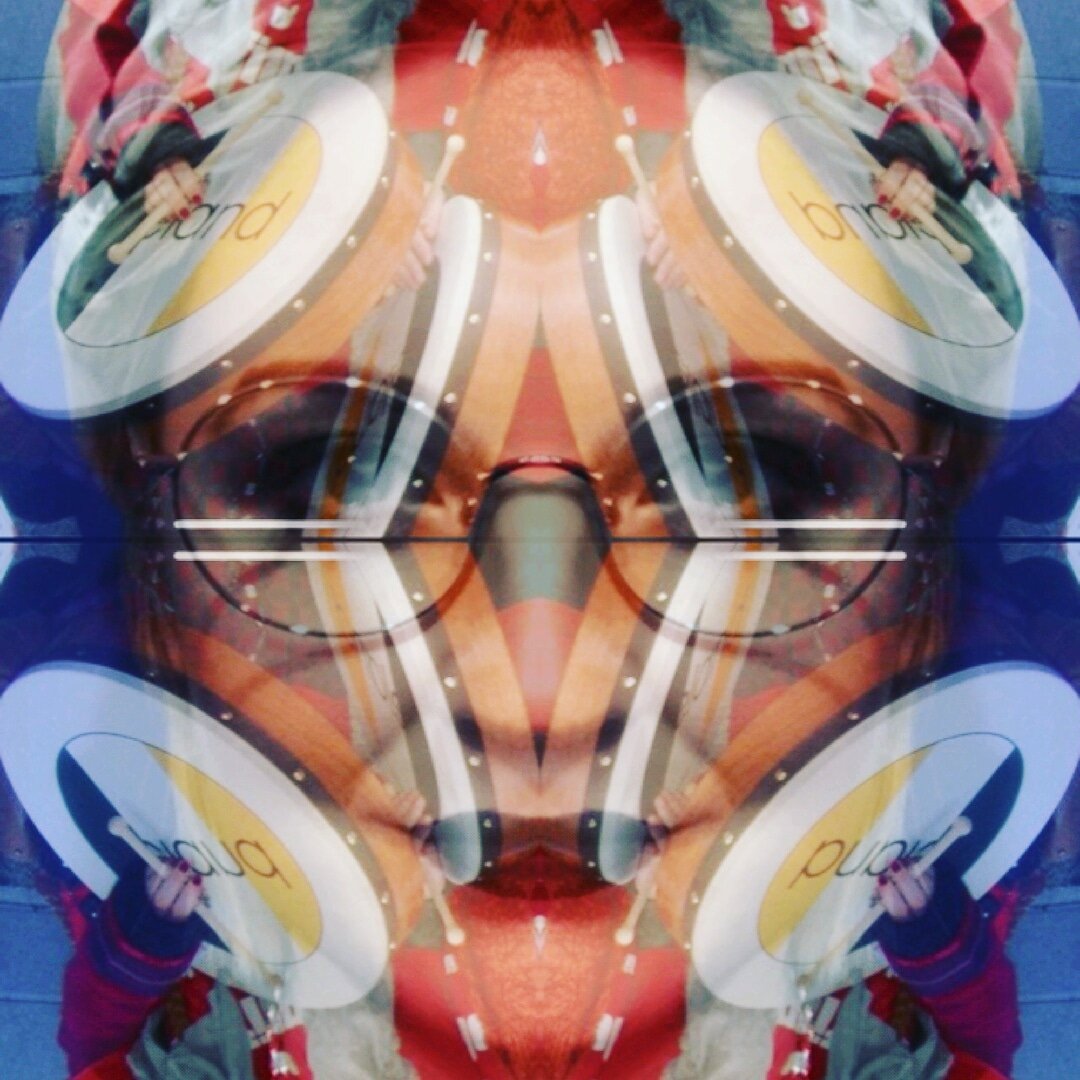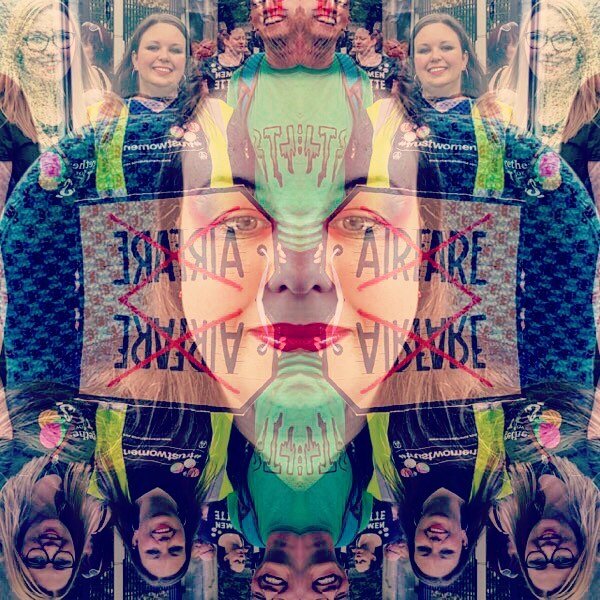These portraits of abortion rights activists have been used to celebrate the restoring of our rights as women and pregnant people, the return of bodily autonomy and the end to being denied treatment in our own country.
Both colour photography and the laws against abortion in Ireland were first introduced by the British in 1861, in an era of women’s suffrage. Much like photography, the movement that would evolve into feminism was a product of modernity; photography embodied the new obsession with empirical evidence and visual culture whilst the suffrage movement was a cry for recognition and equality, against the backdrop of new widespread industrialisation and the resulting slum conditions that fostered growing political awareness amongst women and workers. Butterflies are often regarded as symbols of freedom and change by many cultures, their capture and collection can reflect the harsh and sometimes fatal consequences of trying to pin down sexual behaviour and confine people to rigid gender stereotypes. It also echoes the Victorian patriarchal and colonial attitudes that attempted to categorise and control nature, to codify behaviours, quantify and objectify in the name of scientific ‘reason’.
An Appropriate Hobby encompasses the legacy of suffragette struggle with contemporary feminism, it links up the new picture technologies utilised for popular apps such as Instagram with Victorian categorisation and references the first ever colour photograph. It also overlays the issue of bodily autonomy, central to contemporary feminism, onto ideas within dominant patriarchal discourse about appropriate gendered sexual behaviour. Importantly, it also allows the abortion rights movement to take back the visual terrain without demuring.
The International Planned Parenthood Federation has noted the lack of appropriate imagery and the stigmatising effect of this lack, where disembodied foetal imagery or very pregnant women are used to illustrate abortion discussions. This project has provided engaging imagery of women willing to be seen as supporters of abortion rights and has already been seen on city walls, the cover of books about abortion and used by academics to illustrate research on abortion pills.
“By making it obvious that women are not willing to be identified it may imply that abortion is something that women should feel ashamed or guilty about, and that it should not be disclosed to others.”[Gold et al. 2015, p.18]
The images are all of women and pregnant people who have been part of the movement towards reproductive justice and includes some context to their activism such as rallies or badges or where they have felt part of a movement. Every participant, is cognisant of their potential as an abortion seeker, many will have had abortions themselves, or helped others who have, therefore each is a knowing and willing representative human face to counter the stigmatising discourse around bodily autonomy in pregnancy.
An Appropriate Hobby
Digital Collages on Photo Paper with cut outs and metal pins
White wooden box frame
An Appropriate Hobby
Digital Collages on Photo Paper with cut outs and metal pins
White wooden box frame
Digital Collages on Photo Paper in Bell Jar
An Appropriate Hobby
Digital Collages on Photo Paper with cut outs and metal pins on foam board.
An Appropriate Hobby
Passport Butterfly
Digital Collage on Photo Paper, with cut out & metal pin
An Appropriate Hobby
Digital Collages on Photo Paper with cut outs and metal pins
White wooden box frame x 2
An Appropriate Hobby
Digital Collages on Photo Paper with cut outs and metal pins
White wooden box frame
An Appropriate Hobby
Digital Collages on Photo Paper in Bell Jar
An Appropriate Hobby
Passport Butterfly
Digital Collage on Photo Paper, with cut out & metal pin




















